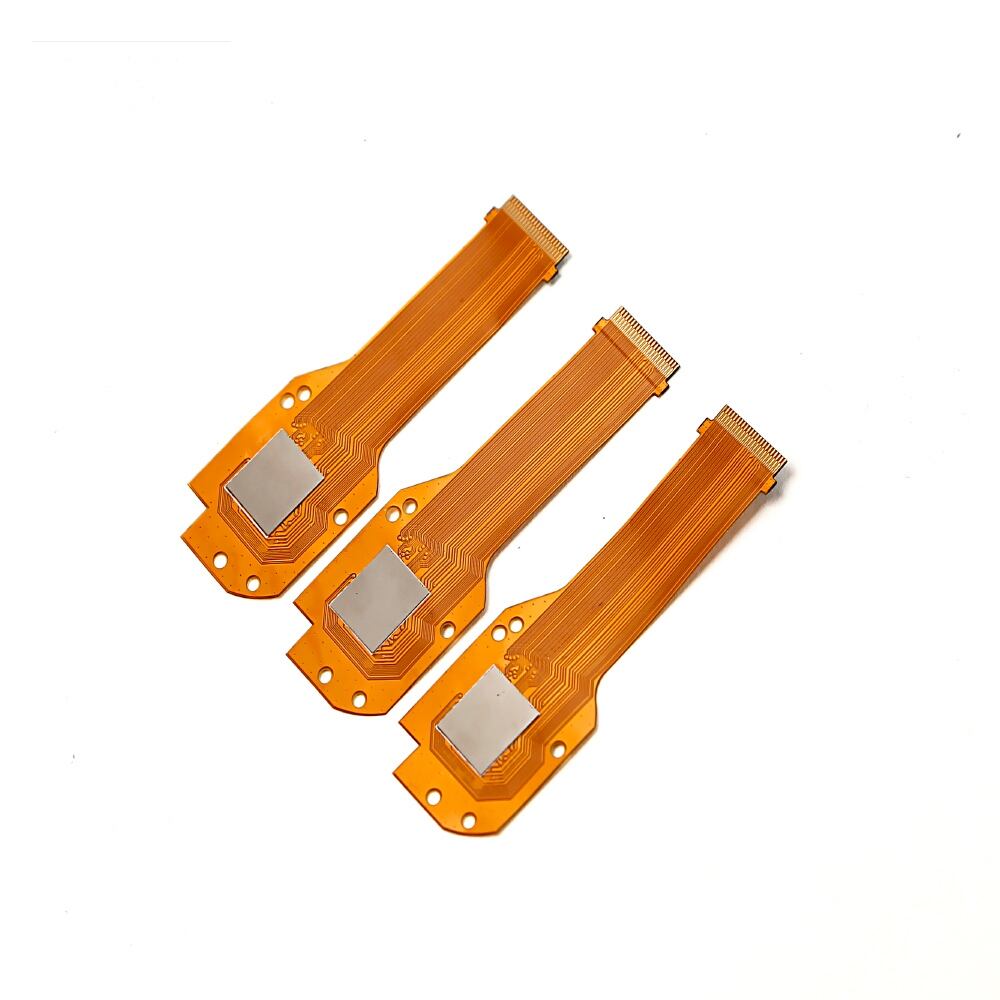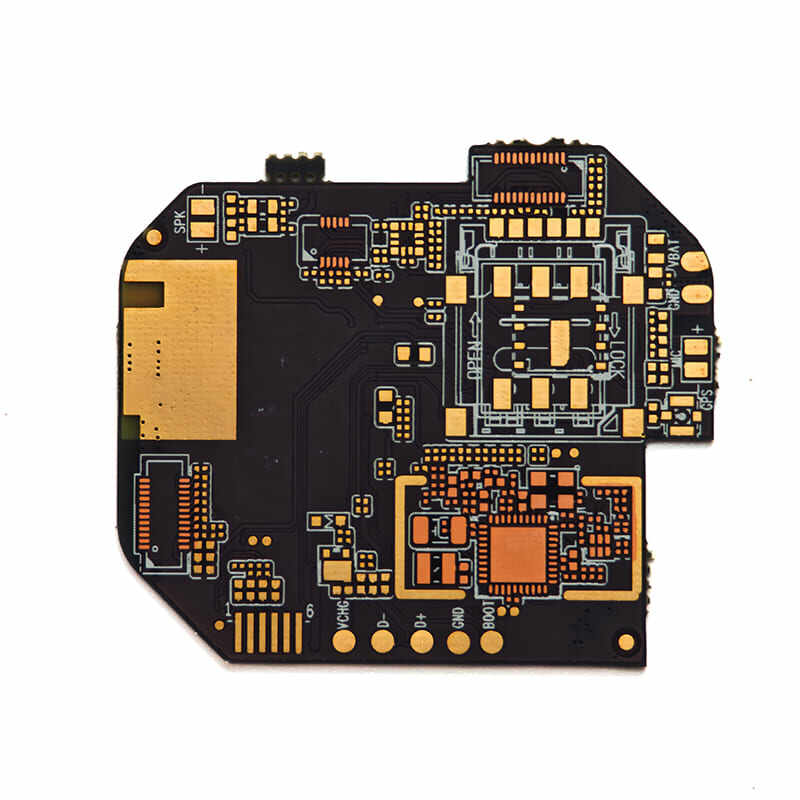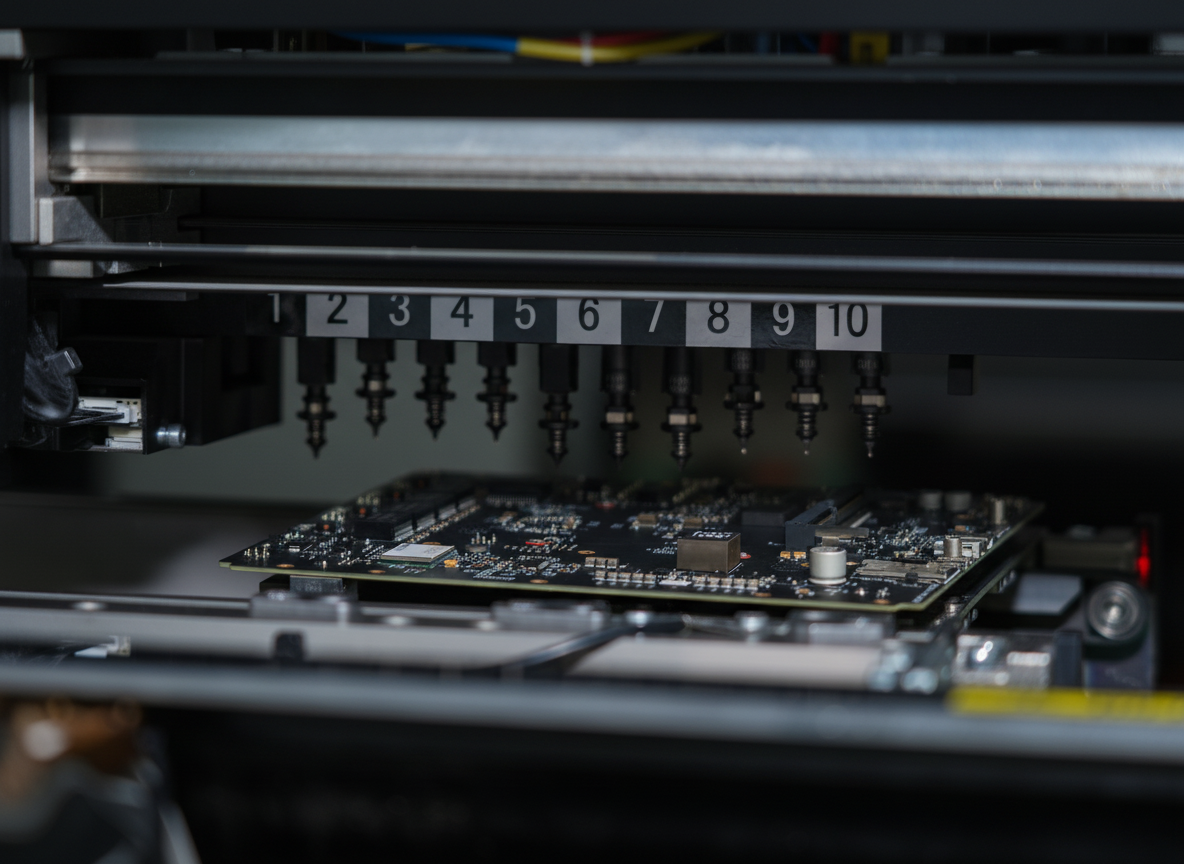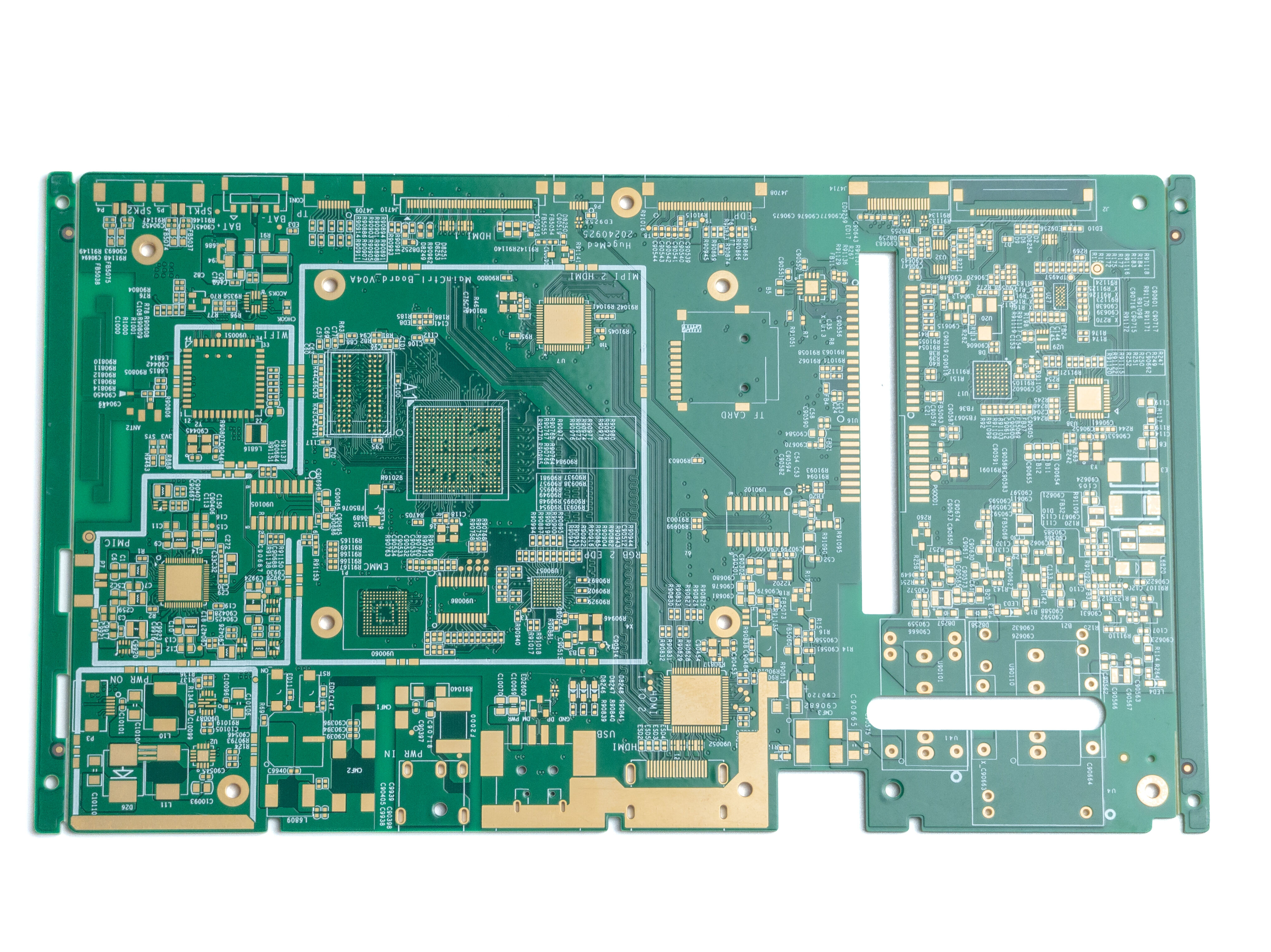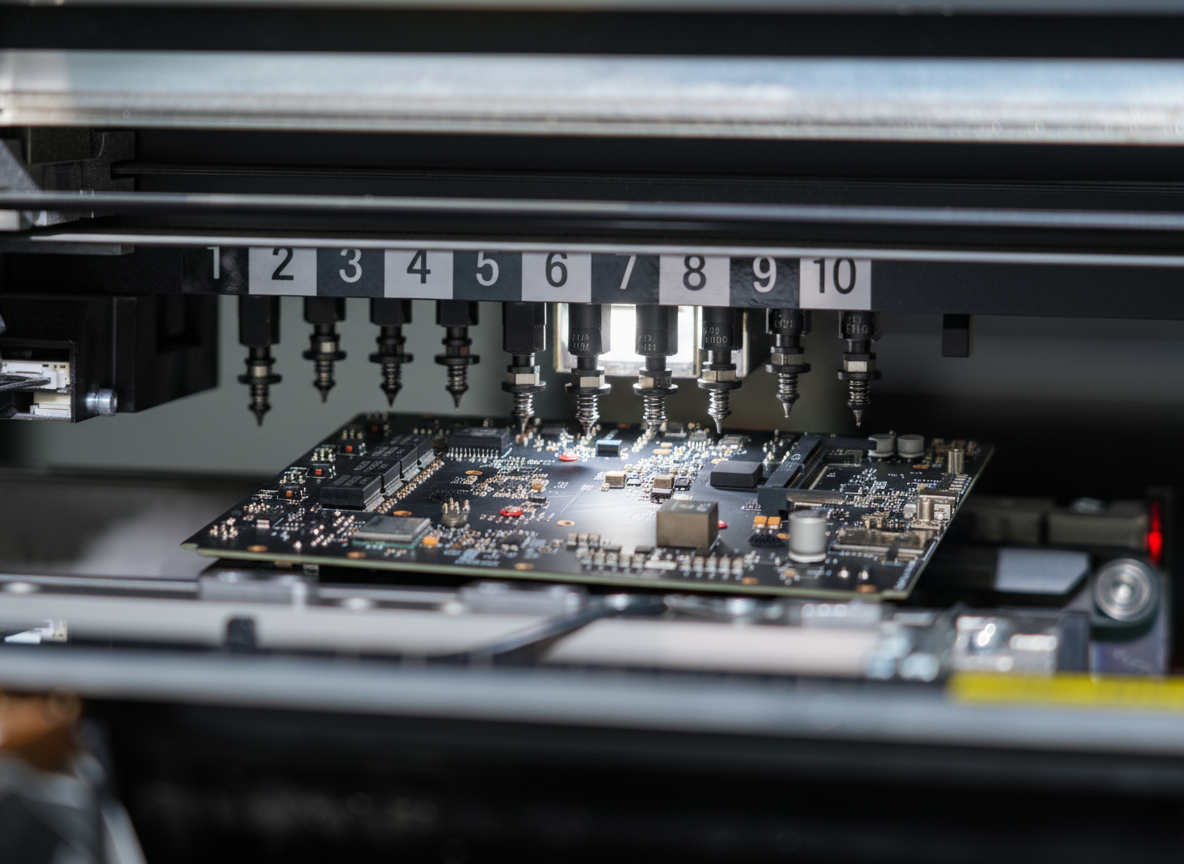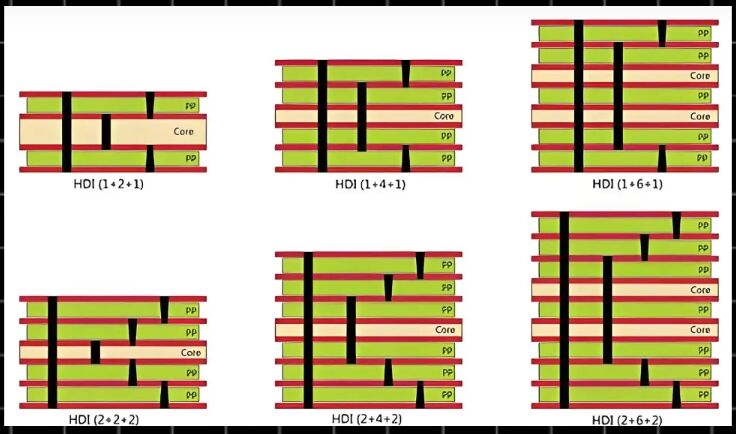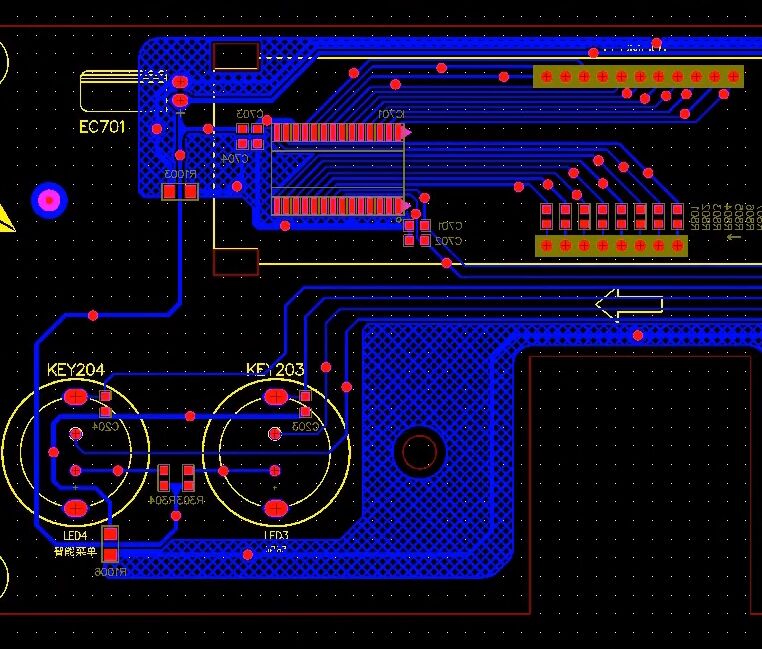Enhanced Reliability and Durability
The implementation of proper minimum annular ring specifications significantly enhances the overall reliability and durability of PCB assemblies. This critical feature provides a robust mechanical connection between the drilled hole and the surrounding copper pad, effectively distributing mechanical stress and preventing failure points. The increased copper area around the hole acts as a buffer zone that absorbs thermal expansion and contraction cycles, reducing the risk of crack formation and copper separation. In high-vibration environments, this added strength becomes particularly valuable, ensuring that electrical connections remain stable even under challenging conditions. The enhanced durability directly translates to longer product lifecycles and reduced maintenance requirements, making it especially beneficial for applications in automotive, aerospace, and industrial equipment where reliability is paramount.

